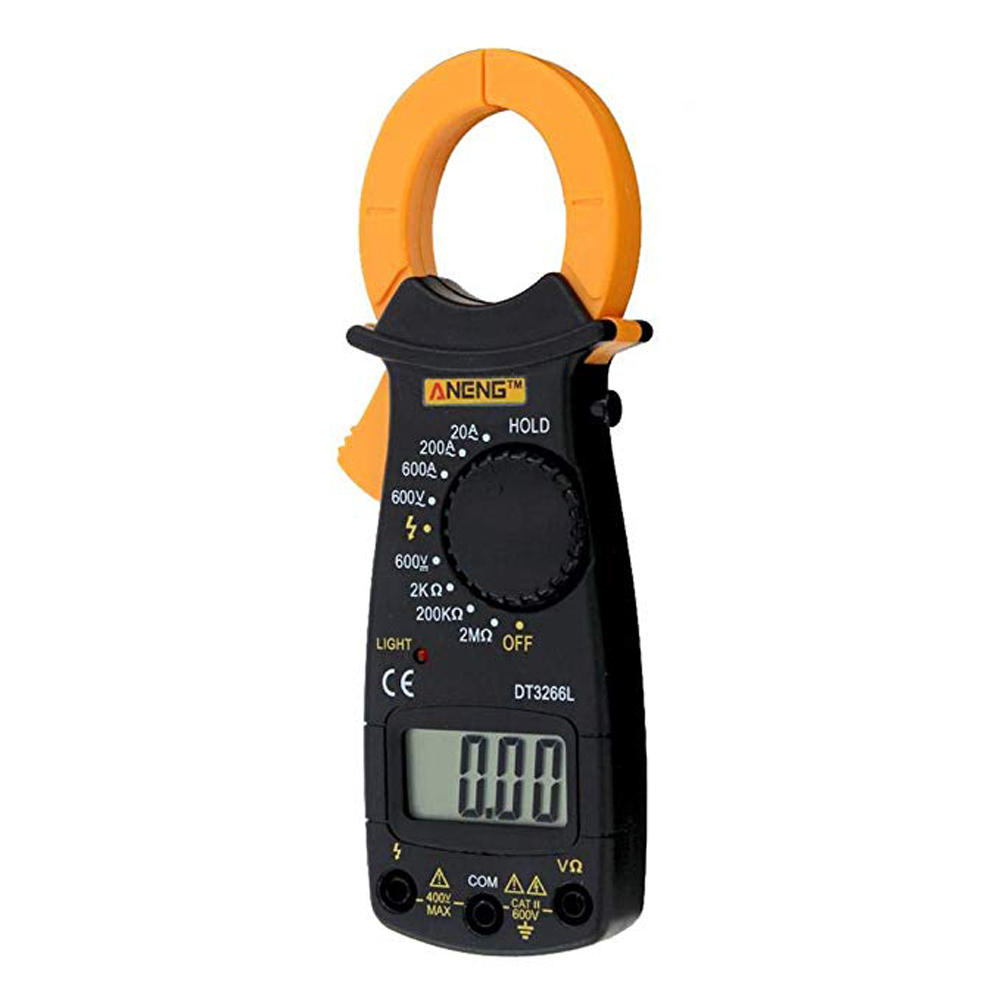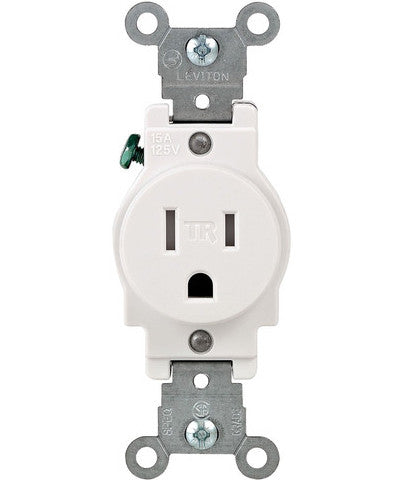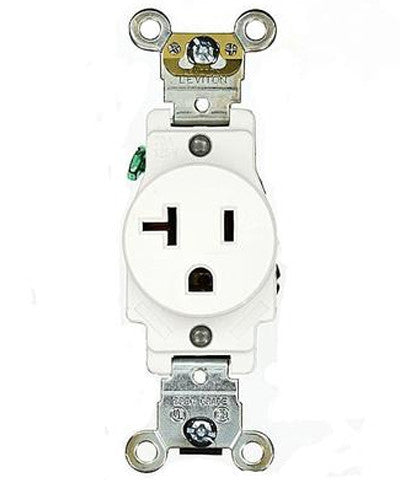Looking to maybe move my eBIAB setup inside for the winter, but I have some questions about my outlets.
I have 15A outlets in my kitchen but the breakers on these outlets are 20A.
So here are my questions:
Is it possible the wiring in the walls is for 15A even though the breaker is 20A? Or does it need to be 20A wiring because the breaker is 20A?
Is there a way to measure the amps with a tool?
If the wiring is for 20A but the receptacle is 15A, would it measure at 15A or 20A with the tool?
If the wiring is for 15A and I replace the receptacles with 20A, would that overload the wiring? Or would it just only pull 15A?
I have 15A outlets in my kitchen but the breakers on these outlets are 20A.
So here are my questions:
Is it possible the wiring in the walls is for 15A even though the breaker is 20A? Or does it need to be 20A wiring because the breaker is 20A?
Is there a way to measure the amps with a tool?
If the wiring is for 20A but the receptacle is 15A, would it measure at 15A or 20A with the tool?
If the wiring is for 15A and I replace the receptacles with 20A, would that overload the wiring? Or would it just only pull 15A?







